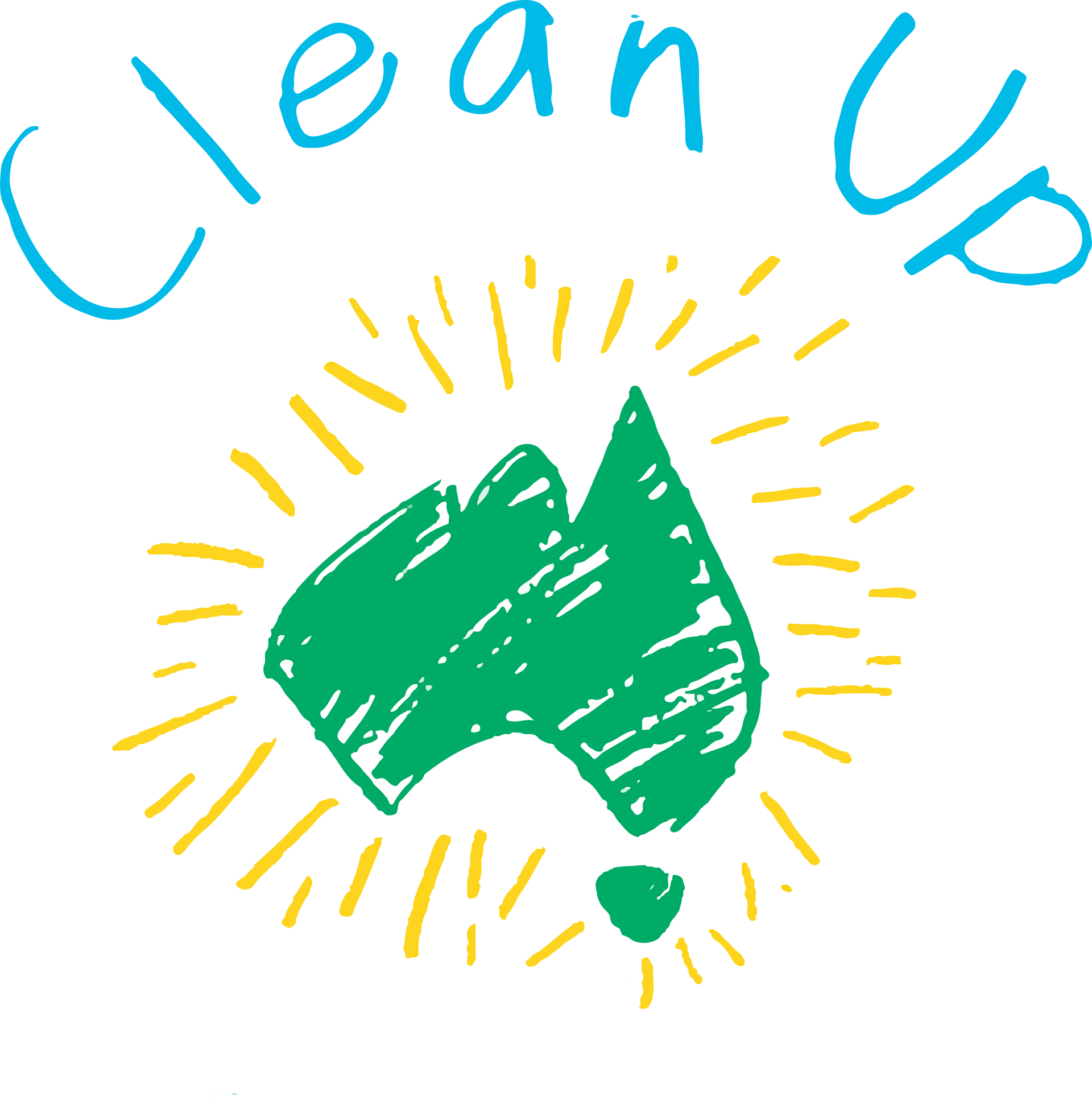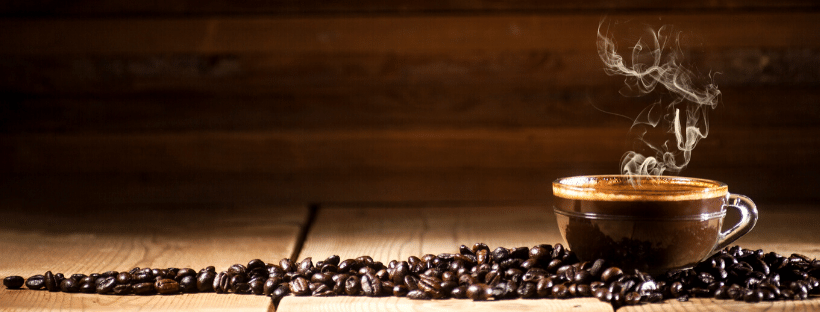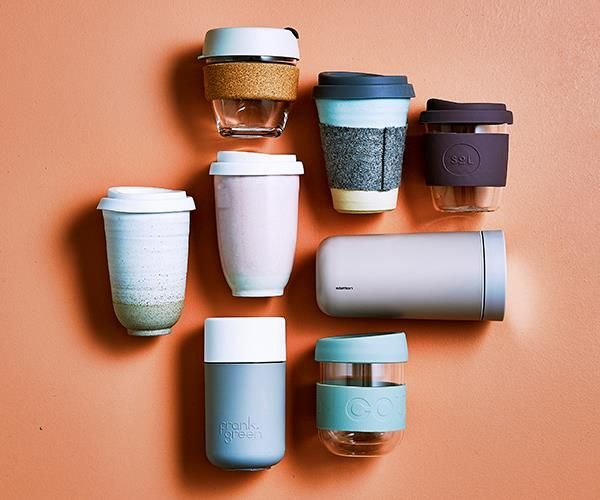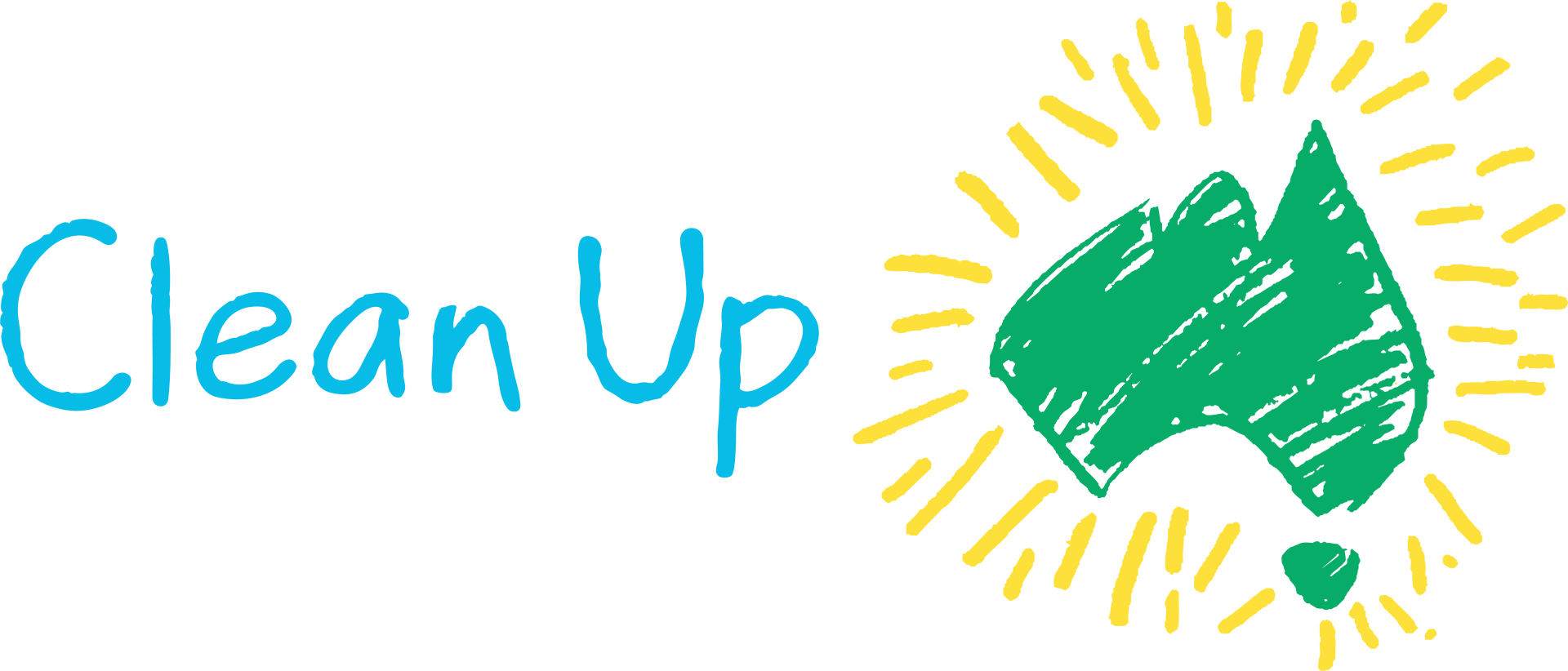Sophisticated acts; environmental pacts
Remember; as soon as that coffee cup is in your hand, it’s your responsibility to do the right thing.
Every morning millions of Australians take part in a sophisticated, romantic ritual. It’s entails leaving the house in the wee hours of the morning, cloudy eyed, and foggy brained. Standing in a line 1.5 metres apart, in a curling line around the block. Waiting your turn. Ordering. Waiting again. And then being given the holy grail of comfort, the sating hot frothiness of your morning coffee. The all important caffeine shot for your systems, altering the cloudy self to the clarity of the waiting day.
Replete.
And here ends the romance. The sophistication.
The mental cogs start churning, and the nourishing sips turn bitter as you get to the dregs; as you’re left with this vessel. Still warm yes, still with the dregs, and still perhaps with a trace of tantalising froth on the lid underside (which you contemplate licking?).
But an empty vessel, no longer useful nonetheless. A vessel that had 20 minutes of useful life, if that.
And guess what, your cup is one of more than 3 billion cups Australians use a year! That’s approximately 57 million cups a week, 8 million a day, 343,000 an hour; 5700 a second! And that’s just Australia. It’s estimated that 500 billion are produced a year globally, or the equivalent weight of 27 million landfill tonnes!
These landfill tonnes poison the land and the roots of the forest in which your future coffee cup may start from, in some remote production line far away. In that forest trees will be ’harvested’ and sent to a debark facility before being chipped. These wood chips then turned into pulp, run through chemicals to make them glossy bright white and smooth. Then again, at another facility, run through a digester roller, and then a paper machine to make a long strip of paper card. There, the logo will be printed before the card cut and moulded into a cup.
But it doesn’t end here. This is only the paper part (if indeed your cup is paper).
Then ethylene and benz-aldehyde are mixed to make polythene which will line your cup to make it water proof; an inner skin to your virgin bleached paper shell. Then the lid will be made from a form of polystyrene containing carbon and hydrogen.
That’s only the materials, but what about the energy used? According to Zoetica Life , for every 1 tonne of raw material, 9000-12000kg of steam, 960-1000 kw/h of power, and 50m³ cooling water is used. That is to make approximately 120,000 cups.
And that all happened before it landed in your hand. Those weeks of production, transportation, leading to those 20 minutes of deliciousness, and then what? Here in Australia, Planet Ark calculated that 60,000 kilograms of waste from coffee cups is directed to landfill each year, and further calculated that every 30 seconds 50,000 disposable coffee cups become landfill. And that’s those that make it to the landfill. What about the ones on the wayside? Blown out of bins and into the sea?
Where does that leave our romantic relationship with takeaway daily coffees?
Reduce - Cut down on your coffees (oh no!)
If you cut your daily coffee drinking by half you could save 4 cups a week, 200 cups a year, and 2000 cups in 10 years going to landfill. You could also save at least $16 a week, $800 a year, or $8000 in 10 years! If that’s too much of a leap, why not say no to the cup lid; this alone will significantly reduce your waste.
Talk to your local cafes about better systems
Support cafes that have efficient recycling systems set up and ask them questions about their numbers of diverted landfill, not just for coffee cups but coffee grounds too. Don’t be afraid to ask questions.
If they don’t have a system set up yet, ask them to join the Responsible Cafes movement. Responsible Cafes give their customers discounts for using reusable cups, and have access to waste education tools that guide the cafe to reducing waste and making sustainable decisions.
Better still, engage your local cafe in a circular economy conversation and get them to adopt programs like Green Caffeen , a waste free cup share program that gives you a free reusable cup to use at participating cafes which you can return within 30 days to any other cafe in the network. What could be better than that?
Reusable cups
So you have heard of the KeepCup, you may even have a few in the top of your kitchen cupboard, but can you ever remember to take it with you? Store them in convenient places; by the door, on your work desk; better still in your bag. Because it counts. Using your reusable cup for a year reduces greenhouse gas emissions by 36-47%, water use by 64-85% and accounts for 91-92% landfill reductions.
Recycle
If you really must have that daily coffee, and it really must be from your local cafe that hasn’t got an appropriate recycling system set up, ensure you recycle your coffee cups with the Simple Cups program. This program helps you and businesses separate paper takeaway cups from other waste streams, and then works with innovative technologies to turn this waste in to items of higher value such as park furniture, and roadside kerbing.
Whatever you do, think of it this way;
As soon as that coffee cup is in your hand, it’s your responsibility to do the right thing.
Deepa Rose Sealy is driven to write about systemic cracks and injustices in environmental and social welfare. When not critiquing systems, she is tending to her veggie patch, working in an environmental NFP, and exploring Sydney by foot.
More reading -
1. Why not use single use coffee cups? - https://www.againagain.co/the-problem
2. ABC’s War on Waste - https://about.abc.net.au/war-on-waste-fixing-your-coffee-fix/
3. Planet Ark - https://www.news.com.au/features/v3/nlmd-2182/our-shocking-coffee-cup-problem/
4. Are coffee cups recyclable? - https://www.choice.com.au/food-and-drink/drinks/tea-and-coffee/articles/are-takeaway-coffee-cups-recyclable
5. The lifecycle of a disposable cup - https://www.zoeticalife.com/blog/2018/11/11/the-lifecycle-of-a-disposable-cup
6. Coffee Grounds feasibility study (Sydney) - https://planetark.org/documents/doc-1397-summary-report-of-feasibility-study-april-2016.pdf
Search for other blog topics:




